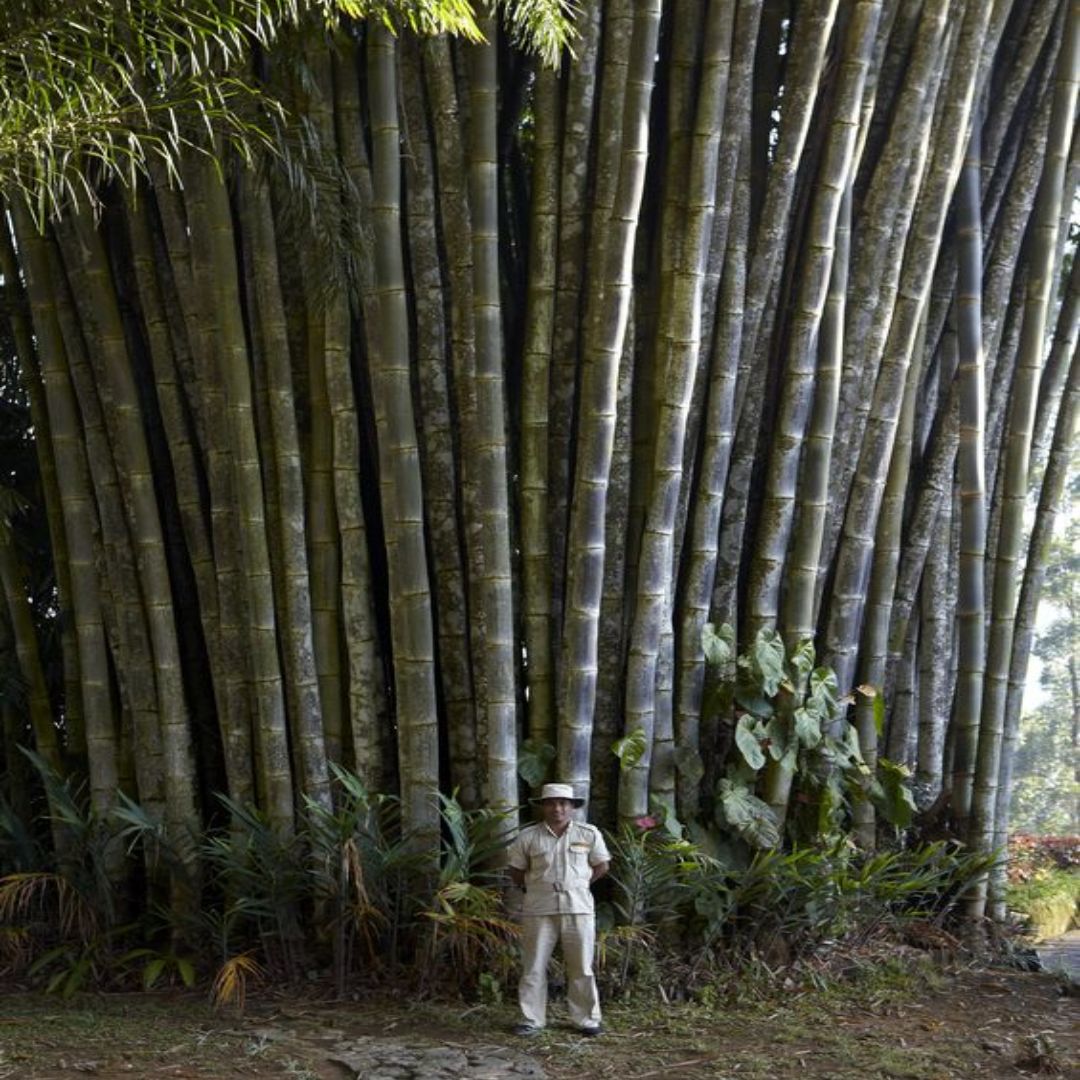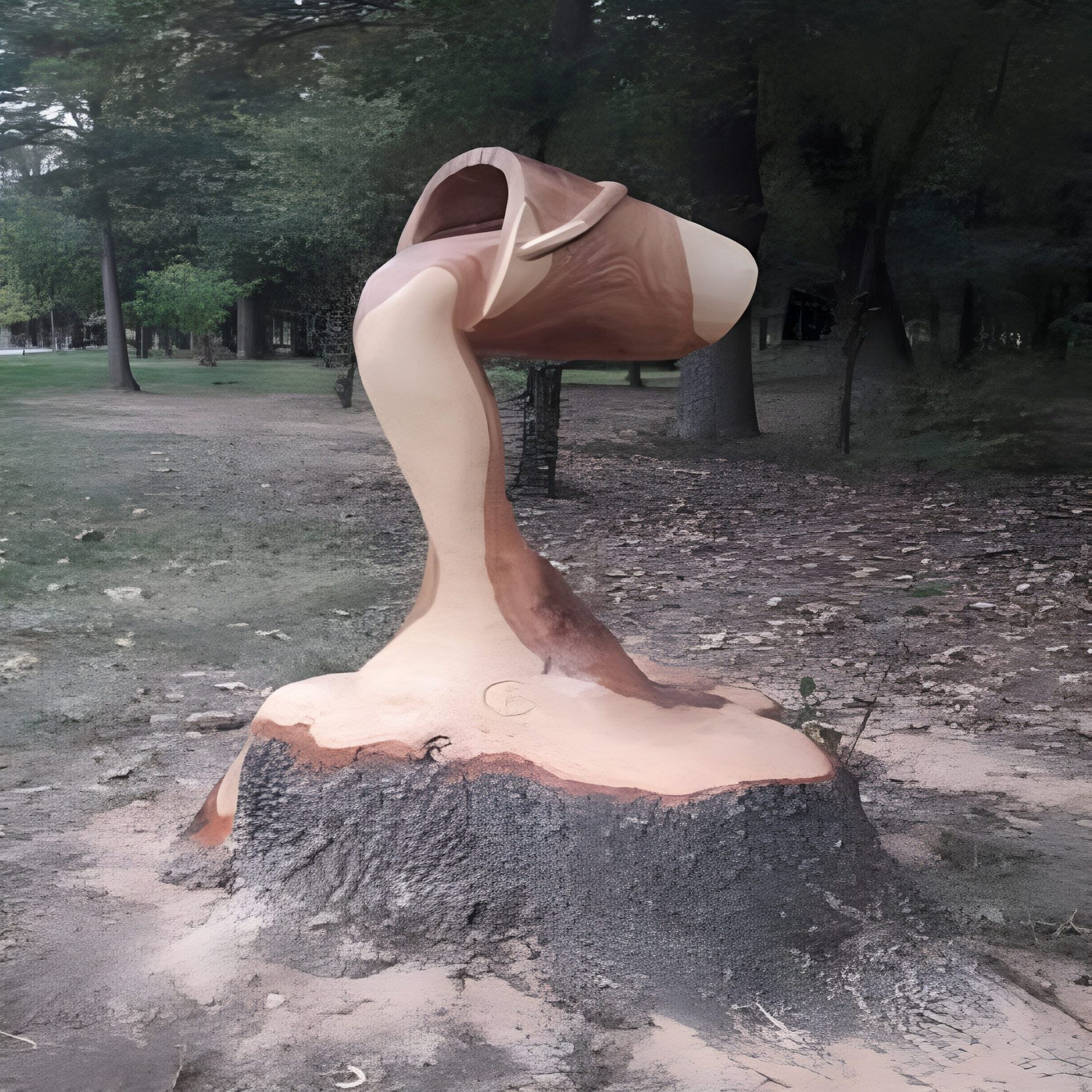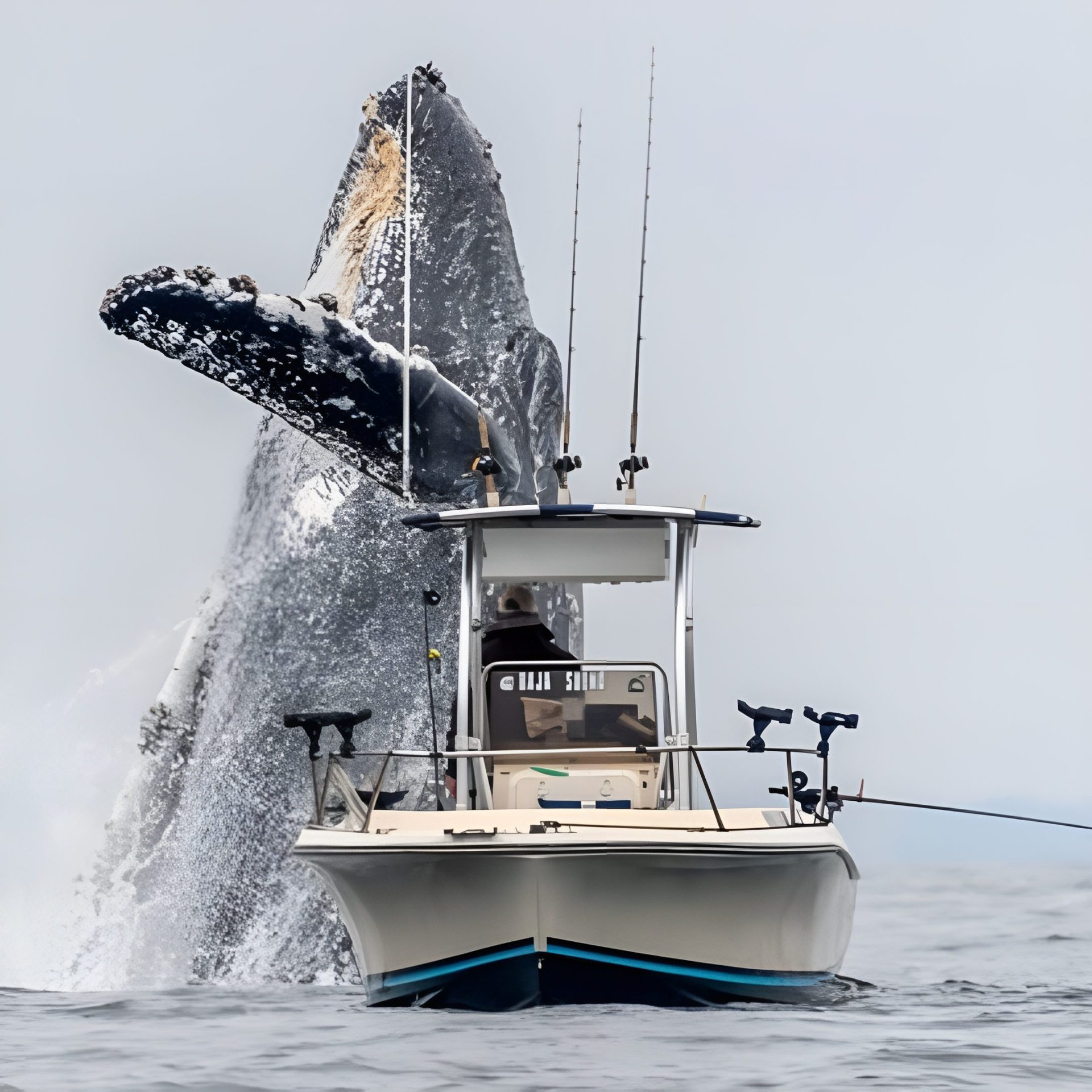The region is unravelling faster than anyone could once have predicted. But there may still be time to act
At the end of July, 40% of the 4,000-year-old Milne Ice Shelf, located on the north-western edge of Ellesmere Island, calved into the sea. Canada’s last fully intact ice shelf was no more.
On the other side of the island, the most northerly in Canada, the St Patrick’s Bay ice caps completely disappeared.
Two weeks later, scientists concluded that the Greenland Ice Sheet may have already passed the point of no return. Annual snowfall is no longer enough to replenish the snow and ice loss during summer melting of the territory’s 234 glaciers. Last year, the ice sheet lost a record amount of ice, equivalent to 1 million metric tons every minute.
The Arctic is unravelling. And it’s happening faster than anyone could have imagined just a few decades ago. Northern Siberia and the Canadian Arctic are now warming three times faster than the rest of the world. In the past decade, Arctic temperatures have increased by nearly 1C. If greenhouse gas emissions stay on the same trajectory, we can expect the north to have warmed by 4C year-round by the middle of the century.
In the Arctic, the warm summer months melt away ice and the winter snowfall freezes it back. But as the climate warms, the Arctic loses more ice than it gains back.
There is no facet of Arctic life that remains untouched by the immensity of change here, except perhaps the eternal dance between light and darkness. The Arctic as we know it – a vast icy landscape where reindeer roam, polar bears feast, and waters teem with cod and seals – will soon be frozen only in memory.
A new Nature Climate Change study predicts that summer sea ice floating on the surface of the Arctic Ocean could disappear entirely by 2035. Until relatively recently, scientists didn’t think we would reach this point until 2050 at the earliest. Reinforcing this finding, last month Arctic sea ice reached its second-lowest extent in the 41-year satellite record.
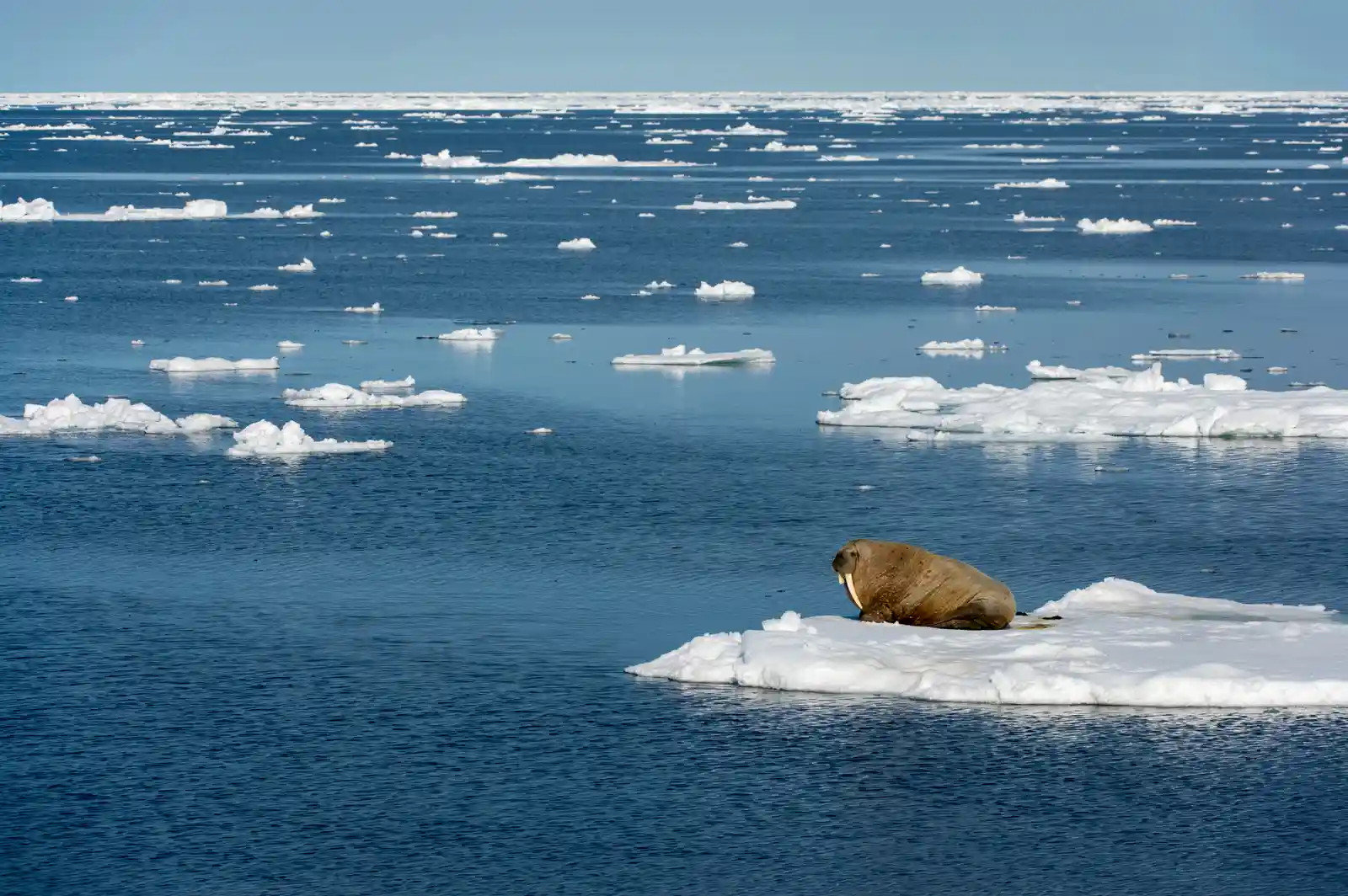
A walrus rests on an ice floe near Svalbard, Norway. A new study predicts that summer sea ice floating on the surface of the Arctic Ocean could disappear entirely by 2035. Photograph: Wolfgang Kaehler/LightRocket/Getty Images
“The latest models are basically showing that no matter what emissions scenario we follow, we’re going to lose summer [sea] ice cover before the middle of the century,” says Julienne Stroeve, a senior research scientist at the US National Snow and Ice Data Center. “Even if we keep warming to less than 2C, it’s still enough to lose that summer sea ice in some years.”
At outposts in the Canadian Arctic, permafrost is thawing 70 years sooner than predicted. Roads are buckling. Houses are sinking. In Siberia, giant craters pockmark the tundra as temperatures soar, hitting 100F (38C) in the town of Verkhoyansk in July. This spring, one of the fuel tanks at a Russian power plant collapsed and leaked 21,000 metric tons of diesel into nearby waterways, which attributed the cause of the spill to subsiding permafrost.
This thawing permafrost releases two potent greenhouse gases, carbon dioxide and methane, into the atmosphere and exacerbates planetary warming.
The soaring heat leads to raging wildfires, now common in hotter and drier parts of the Arctic. In recent summers, infernos have torn across the tundra of Sweden, Alaska, and Russia, destroying native vegetation.
This hurts the millions of reindeer and caribou who eat mosses, lichens, and stubbly grasses. Disastrous rain-on-snow events have also increased in frequency, locking the ungulates’ preferred forage foods in ice; between 2013 and 2014, an estimated 61,000 animals died on Russia’s Yamal peninsula due to mass starvation during a rainy winter. Overall, the global population of reindeer and caribou has declined by 56% in the last 20 years.
Such losses have devastated the indigenous people whose culture and livelihoods are interwoven with the plight of the reindeer and caribou. Inuit use all parts of the caribou: sinew for thread, hide for clothing, antlers for tools, and flesh for food. In Europe and Russia, the Sami people herd thousands of reindeer across the tundra. Warmer winters have forced many of them to change how they conduct their livelihoods, for example by providing supplemental feed for their reindeer.
Yet some find opportunities in the crisis. Melting ice has made the region’s abundant mineral deposits and oil and gas reserves more accessible by ship. China is heavily investing in the increasingly ice-free Northern Sea Route over the top of Russia, which promises to cut shipping times between the Far East and Europe by 10 to 15 days.
The Northwest Passage through the Canadian Arctic Archipelago could soon yield another shortcut. And in Greenland, vanishing ice is unearthing a wealth of uranium, zinc, gold, iron and rare earth elements. In 2019, Donald Trump claimed he was considering buying Greenland from Denmark. Never before has the Arctic enjoyed such political relevance.
\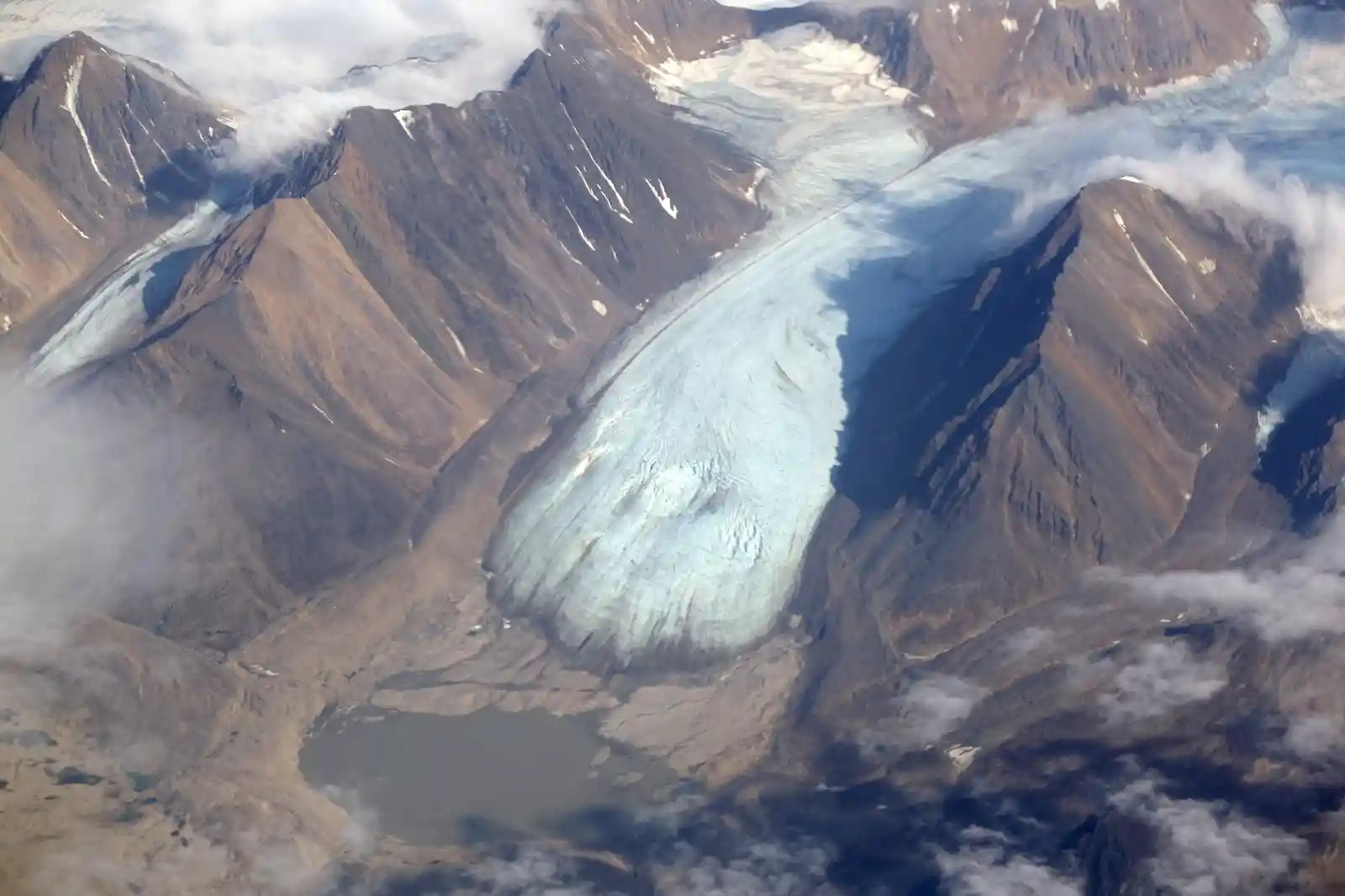
A melting glacier is seen during a summer heat wave on the Svalbard archipelago near Longyearbyen, Norway in July, 2020. Photograph: Sean Gallup/Getty Images
Tourism has boomed, at least until the Covid shutdown, with throngs of wealthy visitors drawn to this exotic frontier in hopes of capturing the perfect selfie under the aurora borealis. Between 2006 and 2016, the impact from winter tourism increased by over 600%. The city of Tromsø, Norway, dubbed the “Paris of the north”, welcomed just 36,000 tourists in the winter of 2008-09. By 2016, that number had soared to 194,000. Underlying such interest, however, is an unspoken sentiment: that this might be the last chance people have to experience the Arctic as it once was.
Stopping climate change in the Arctic requires an enormous reduction in the emission of fossil fuels, and the world has made scant progress despite obvious urgency. Moreover, many greenhouse gases persist in our atmosphere for years. Even if we were to cease all emissions tomorrow, it would take decades for those gases to dissolve and for temperatures to stabilize (though some recent research suggests the span could be shorter). In the interim, more ice, permafrost, and animals would be lost.
“It’s got to be both a reduction in emissions and carbon capture at this point,” explains Stroeve. “We need to take out what we’ve already put in there.”
Other strategies may help mitigate the damage to the ecosystem and its inhabitants. The Yupik village of Newtok in northern Alaska, where thawing permafrost has eroded the ground underfoot, will be relocated by 2023. Conservation groups are pushing for the establishment of several marine conservation areas throughout the High Arctic to protect struggling wildlife. In 2018, 10 parties signed an agreement that would prohibit commercial fishing in the high seas of the central Arctic Ocean for at least 16 years. And governments must weigh further regulations on new shipping and extractive activities in the region.
The Arctic of the past is already gone. Following our current climate trajectory, it will be impossible to return to the conditions we saw just three decades ago. Yet many experts believe there’s still time to act, to preserve what once was, if the world comes together to prevent further harm and conserve what remains of this unique and fragile ecosystem.
… there is a good reason why NOT to support the Guardian
Not everyone can afford to pay for news right now. That is why we keep our journalism open for everyone to read, including in Vietnam. If this is you, please continue to read for free.
But if you are able to, then there are THREE good reasons to support us today.
1. Our quality, investigative journalism is a scrutinising force at a time when the rich and powerful are getting away with more and more
2. We are independent and have no billionaire owner pulling the strings, so your money directly powers our reporting
3. It doesn’t cost much, and takes less time than it took to read this message
Help power the Guardian’s journalism for the years to come, whether with a small sum or a larger one. If you can, please support us on a monthly basis from just £2. It takes less than a minute to set up, and you can rest assured that you’re making a big impact every single month in support of open, independent journalism. Thank you.
Soucre: theguardian.com

